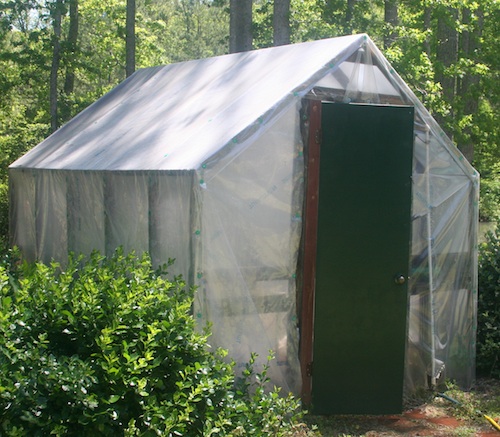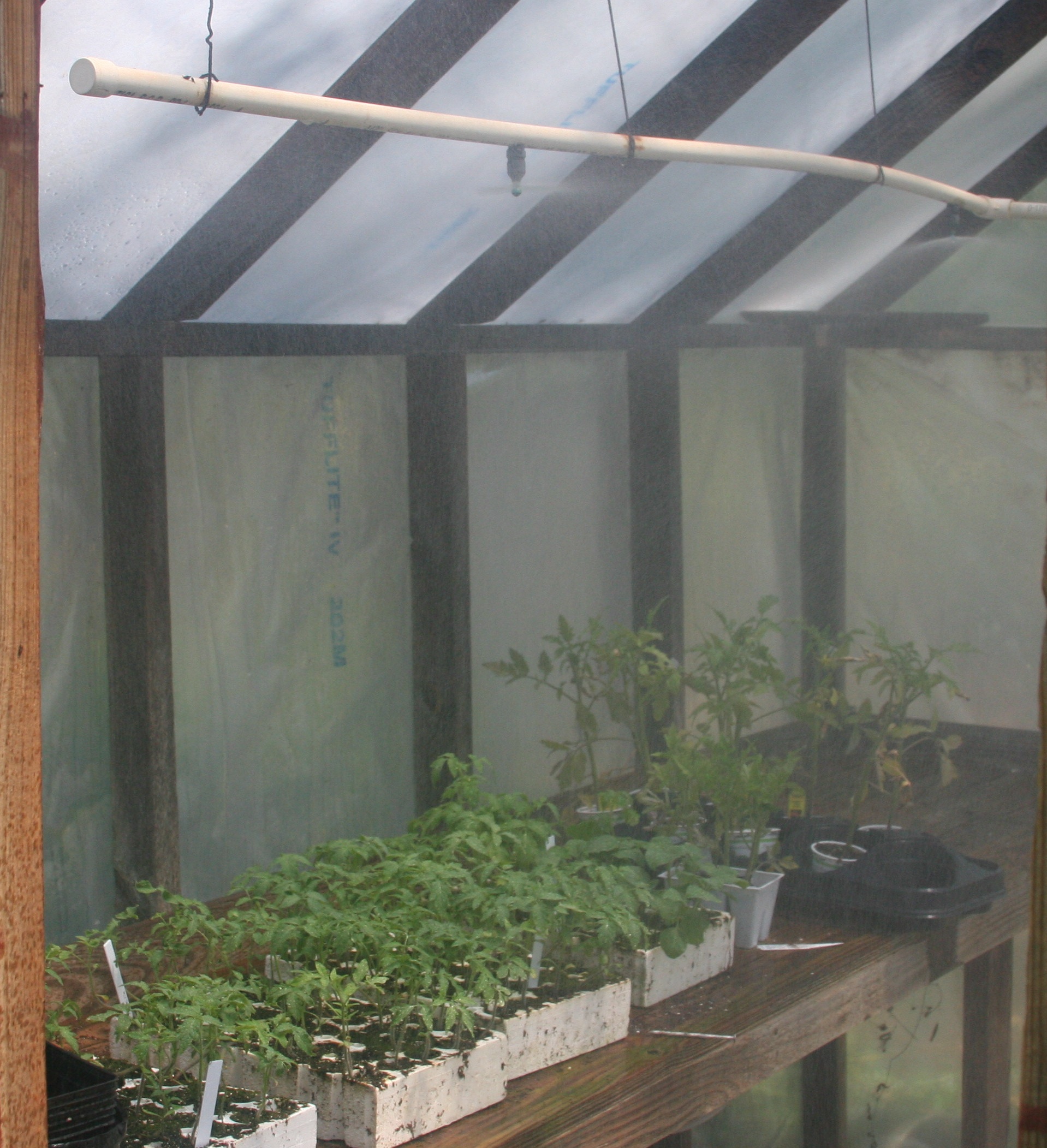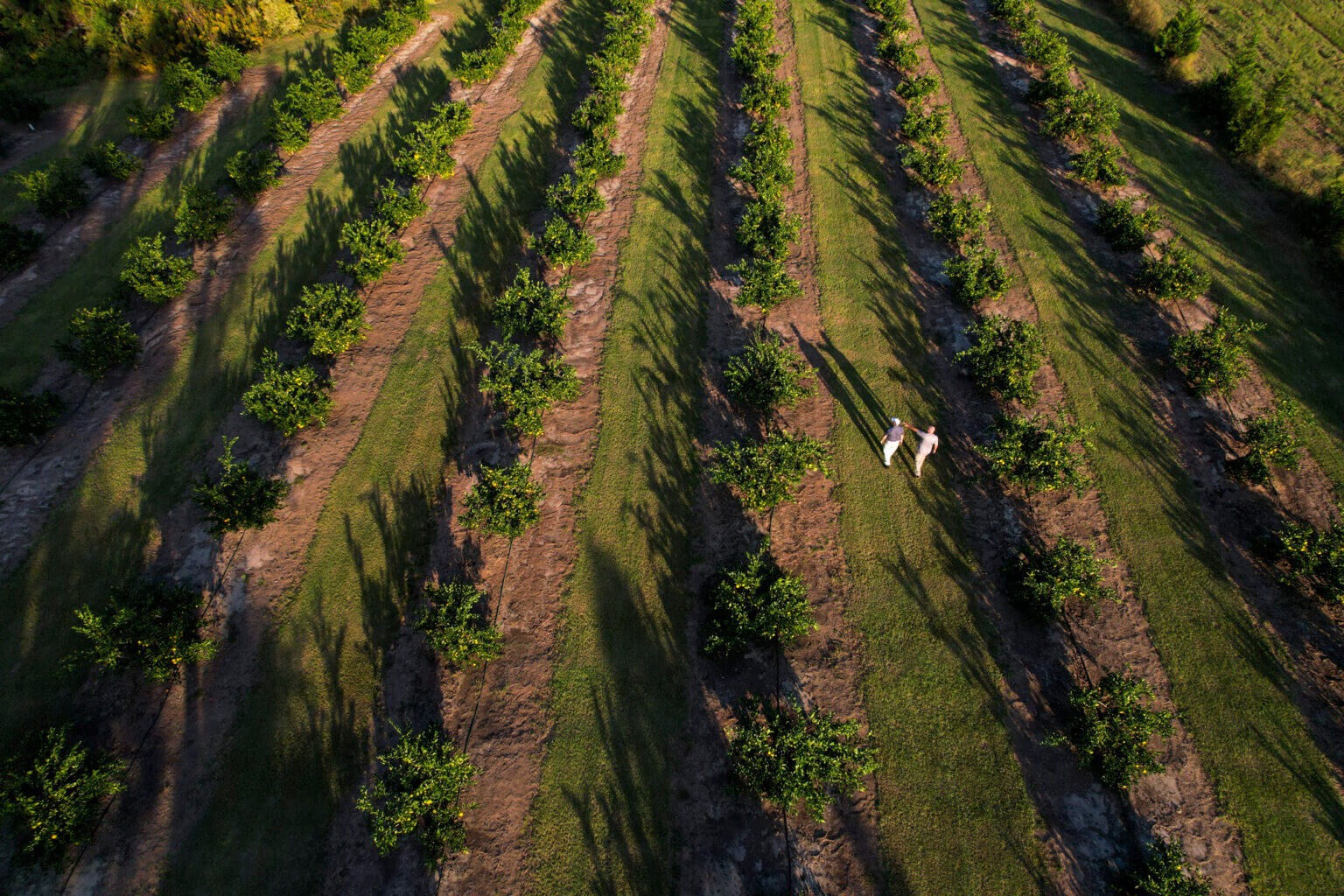With a little effort and forethought, the dream of owning a hobby greenhouse can become reality.
As the state’s Cooperative Extension vegetable specialist, Bob Westerfield grows vegetables in a variety of greenhouses on the University of Georgia campus in Griffin, Ga.
If a greenhouse is on your wish list, Westerfield recommends asking yourself a few questions first: Do you want a greenhouse to start vegetable plants early, or do you want to produce enough plants to resell?
“A greenhouse is perfect for growing your own transplants, which we all should be doing,” he said. “(Transplants) are so expensive to buy, and you can grow them yourself and save a ton of money.”
Plants affect greenhouse size
Woody ornamentals take more room to grow than vegetable transplants. Westerfield recommends allotting 100 square feet for 100 plant containers. Deciding what you want to grow in your greenhouse will help answer the next question: What size greenhouse do you need?
Don’t forget to allow room for racks, shelves and a walkway for accessibility. “We put down gravel first and then put in pavers so we can easily bring in a wheelbarrow,” Westerfield said.
Once you determine an approximate size, increase it by 25 to 50 percent. “Anytime I build something, I always wish I had built it bigger,” he said. “Remember, seeds are tiny but they produce a lot of plants.”
Building materials
If you are handy you can build a greenhouse using old scrap metal and wood. Westerfield built his 10-by-14 structural frame greenhouse using treated wood and commercial-grade plastic.
“Premade, my greenhouse would have cost $2,000 to $3,000,” he said. “A metal frame will last the longest, but I used treated wood and 20 years later it is still structurally-sound. I have to change the plastic every five years or so.”
Westerfield discourages do-it-yourselfers from cutting corners on greenhouse coverings. Use high quality greenhouse-grade plastic with a high mil, or thickness, rating.
“Saving money by using painter’s plastic is not really a savings in the long run. If it isn’t UV-treated, it will haze on you and crack and fall apart,” he said.
If you plan on buying a greenhouse kit, read customer reviews of product and make sure it includes solid gauge metal and sturdy supplies.
Sunlight (and a little shade)
No matter how your greenhouse is constructed, the proper location is the key to its effectiveness. Select a level area that receives a lot of morning sunlight.
“It doesn’t have to be in full sun,” Westerfield said. “Actually, hobby-scale greenhouses don’t have cooling systems to handle the Georgia sun, so a little afternoon shade will actually be beneficial. If you have to build in full sun, add a shade cloth to help cool the system.”
Access to water
“If you are too far away from a water source, you are going to get tired of lugging water,” he said. “And if you miss one or two days of watering, it’s done. You have lost your crop.”
An automated watering system works best. Westerfield uses misters attached to PVC pipes hanging above the plants.
“It comes on by itself and sends down a moist blanket of water,” he said. “And I don’t have to be home for it to come on so life is good.”
Misting works best for flats of plants. If your plants are in containers, use a drip irrigation system.
Temperature
Greenhouses need to be kept no lower than 45 degrees in the winter and not above 85 degrees in the summer. Attic fans and space heaters can help you meet these requirements.
“Humidity is a limiting factor as to why things work or don’t work in greenhouses,” Westerfield said. “If your soil medium has a green tint or is slimy, you need ventilation and less moisture.”
Todd Hurt of Macon, Ga., bought an easy-to-assemble greenhouse to protect his Key lime and orange trees from cold temperatures.
“I have collected and received as gifts many plants that will not survive our winters, so my little greenhouse gets full,” Hurt said. “I also like to start our vegetable and annual plants from seed. Being able to start our own plants gives us a greater selection of cultivars, and I often have more than enough to give away.”
Hurt’s 10-by-10 poly greenhouse cost $250, and he buys replacement poly covers every three years.
“I used scrap 2-by-6 lumber to hold the bottom of the poly to the ground on the inside and to build a potting bench and plant bench,” he said.
On mild nights, a100-watt light bulb raises the temperature a few degrees. “Other times I use a small electric heater,” Hurt said. “If it gets really cold, my houseplants and herbaceous plants get damaged, but 90 percent of them come back.”
Hurt is UGA Extension specialist with the Center for Urban Agriculture in Griffin, Ga.
“Of course, like most gardeners, I dream of having a big glass greenhouse but I know if I had one I would spend way more money and time (than) I don't have right now,” he said. “It is amazing that a little 10-by-10 allows me to do many things without much effort.”
For more information, search “hobby greenhouses” on the UGA Extension publications website at www.caes.uga.edu/publications/.










